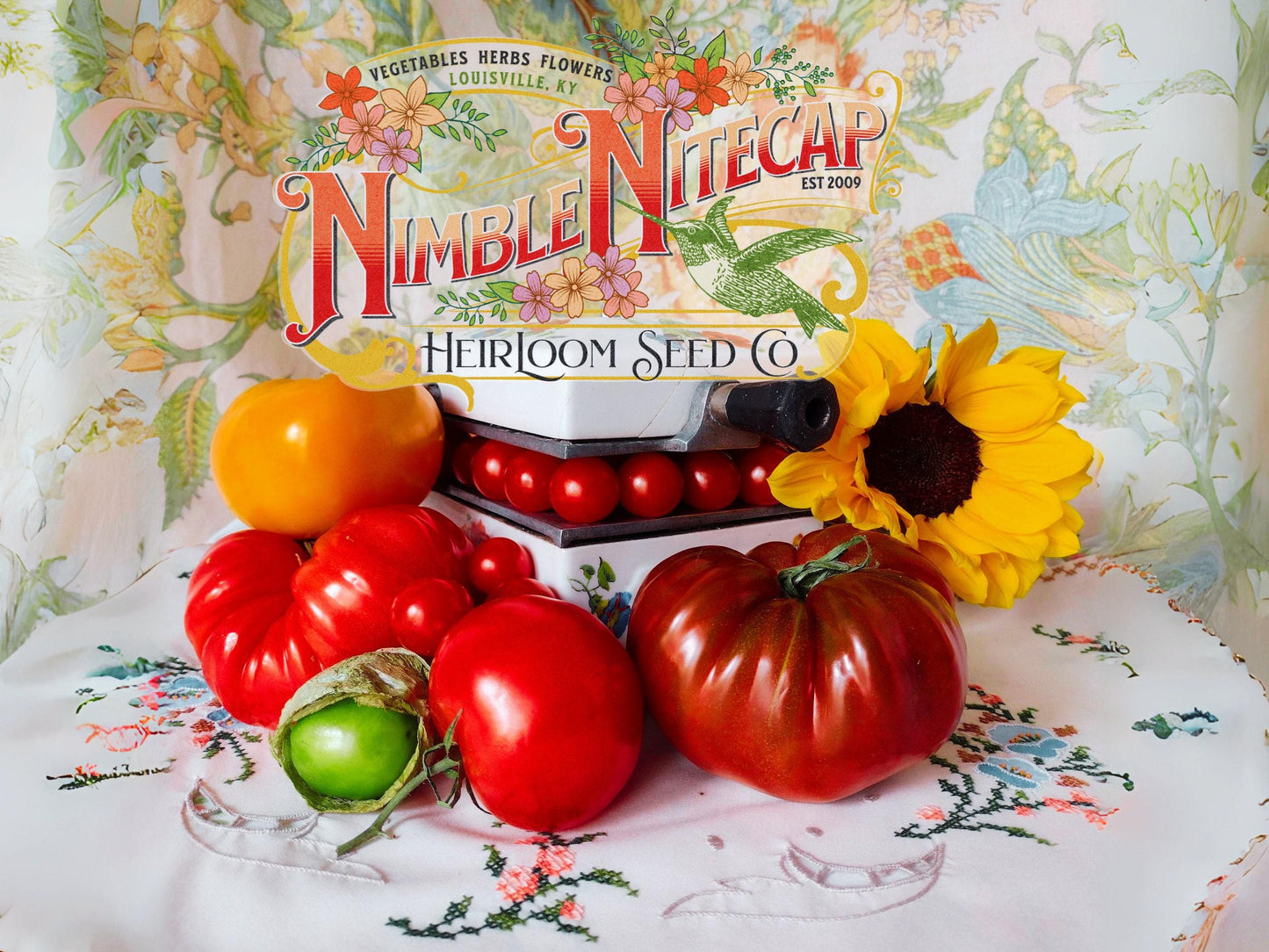Delicious leaves add brilliant jeweled color to salads and cooked dishes. Best red cabbage for storage. Perk up coleslaw or your favorite stir-fry with this gorgeous deep red cabbage. The sweet flavor of cabbage fresh from the garden is much better than store-bought. Solid heads form early on small, compact plants making it an ideal choice for small gardens. Resistant to splitting and the disease, “cabbage yellows.” Heads store well in the refrigerator or root cellar.
Cabbage is considered one of the oldest cultivated vegetables, since historians trace it back to 4,000 BC in China. The Romans also cultivated it and praised it for its healing qualities; philosophers Pythagoras and Cato both made the lowly cabbage the subject of a book. Jacques Cartier brought the first cabbage to America in 1536. Cabbages were quite popular in colonial America, being pickled and preserved in every possible way to provide food for the winter.
~ planting ~
When to sow outside: 10 to 12 weeks before average first fall frost.
When to start inside: 4 to 6 weeks before average last frost for spring planting, or 4 to 6 weeks before transplanting outdoors for fall crop. Start in pulp pots that go directly in the ground for minimal transplant shock. Gently remove bottom of pot before planting. Young plants may bolt if exposed to prolonged temperatures below 50°F, or extended heat.
~ harvesting ~
Harvest heads as soon as they are well developed, firm, and solid when squeezed. Cut off heads at base with a sharp knife. Discard outermost leaves. Cabbages left in the ground beyond maturity are more subject to disease and splitting. To delay harvest and prevent the heads from splitting while still in the ground, give the heads a sharp 1/4 turn. This will break the feeder root, but allows smaller roots to continue to nourish the plant until harvested.













